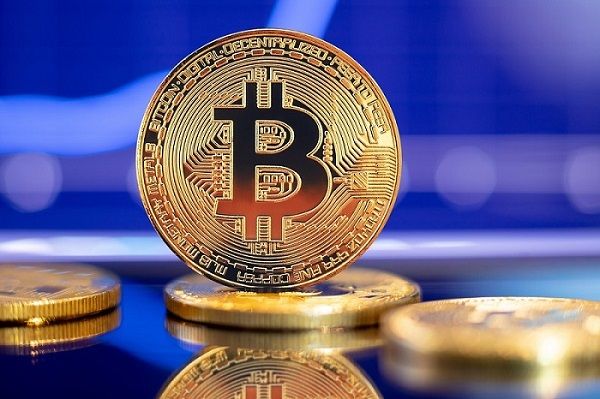US Dollar Index corrects to near 98.30 as Trump fires Fed’s Cook

- The US Dollar Index has retraced to near 98.30 from Monday’s high of 98.55 as Trump fires Fed Governor Cook.
- Fed Cook’s removal has raised concerns over the credibility of the US central bank.
- Fed’s Powell turned dovish on the interest rate outlook.
The US Dollar Index (DXY), which tracks the Greenback’s value against six major currencies, corrects to 98.30 during the Asian trading session on Tuesday, following a decent recovery move the previous day.
US Dollar Price Today
The table below shows the percentage change of US Dollar (USD) against listed major currencies today. US Dollar was the weakest against the Japanese Yen.
| USD | EUR | GBP | JPY | CAD | AUD | NZD | CHF | |
|---|---|---|---|---|---|---|---|---|
| USD | -0.04% | -0.02% | -0.16% | -0.01% | 0.09% | 0.20% | 0.06% | |
| EUR | 0.04% | 0.08% | -0.02% | 0.03% | 0.18% | 0.47% | 0.12% | |
| GBP | 0.02% | -0.08% | -0.10% | -0.03% | 0.14% | 0.39% | 0.04% | |
| JPY | 0.16% | 0.02% | 0.10% | 0.07% | 0.12% | 0.51% | 0.00% | |
| CAD | 0.01% | -0.03% | 0.03% | -0.07% | 0.12% | 0.42% | -0.07% | |
| AUD | -0.09% | -0.18% | -0.14% | -0.12% | -0.12% | 0.11% | -0.20% | |
| NZD | -0.20% | -0.47% | -0.39% | -0.51% | -0.42% | -0.11% | -0.35% | |
| CHF | -0.06% | -0.12% | -0.04% | -0.00% | 0.07% | 0.20% | 0.35% |
The heat map shows percentage changes of major currencies against each other. The base currency is picked from the left column, while the quote currency is picked from the top row. For example, if you pick the US Dollar from the left column and move along the horizontal line to the Japanese Yen, the percentage change displayed in the box will represent USD (base)/JPY (quote).
The US Dollar (USD) faces selling pressure as the independence of the Federal Reserve (Fed), which is an autonomous body and its decisions are not impacted by political influence, has been dampened after the removal of Federal Reserve (Fed) Governor Lisa Cook by United States (US) President Donald Trump over mortgage allegations.
Last week, US President Trump called Fed Governor Cook to resign after his political allies accused her of holding mortgages in Michigan and Georgia. In response, Cook stated that she had "no intention of being bullied to step down" from her position at the central bank, Wall Street Journal (WSJ) reported.
The ousting of Fed’s Cook has been taken as a serious attack on Fed’s independence by market experts, and they are anticipating that interest rate cuts will come quickly. Markets aren’t panicking, but they are recalibrating; earlier rate cuts look more likely after Cook’s removal," analysts at Saxo said, Reuters reported.
Meanwhile, firm expectations that the Fed will cut interest rates in the September policy meeting are also keeping a lid on the US Dollar’s upside. According to the CME FedWatch tool, there is an 84% chance that the Fed will cut interest rates in the September monetary policy meeting.
Fed’s dovish expectations intensified after comments from Chair Jerome Powell at the Jackson Hole (JH) Symposium on Friday signaled that he is open to interest rate cuts amid escalating labor market concerns.
US Dollar FAQs
The US Dollar (USD) is the official currency of the United States of America, and the ‘de facto’ currency of a significant number of other countries where it is found in circulation alongside local notes. It is the most heavily traded currency in the world, accounting for over 88% of all global foreign exchange turnover, or an average of $6.6 trillion in transactions per day, according to data from 2022. Following the second world war, the USD took over from the British Pound as the world’s reserve currency. For most of its history, the US Dollar was backed by Gold, until the Bretton Woods Agreement in 1971 when the Gold Standard went away.
The most important single factor impacting on the value of the US Dollar is monetary policy, which is shaped by the Federal Reserve (Fed). The Fed has two mandates: to achieve price stability (control inflation) and foster full employment. Its primary tool to achieve these two goals is by adjusting interest rates. When prices are rising too quickly and inflation is above the Fed’s 2% target, the Fed will raise rates, which helps the USD value. When inflation falls below 2% or the Unemployment Rate is too high, the Fed may lower interest rates, which weighs on the Greenback.
In extreme situations, the Federal Reserve can also print more Dollars and enact quantitative easing (QE). QE is the process by which the Fed substantially increases the flow of credit in a stuck financial system. It is a non-standard policy measure used when credit has dried up because banks will not lend to each other (out of the fear of counterparty default). It is a last resort when simply lowering interest rates is unlikely to achieve the necessary result. It was the Fed’s weapon of choice to combat the credit crunch that occurred during the Great Financial Crisis in 2008. It involves the Fed printing more Dollars and using them to buy US government bonds predominantly from financial institutions. QE usually leads to a weaker US Dollar.
Quantitative tightening (QT) is the reverse process whereby the Federal Reserve stops buying bonds from financial institutions and does not reinvest the principal from the bonds it holds maturing in new purchases. It is usually positive for the US Dollar.







